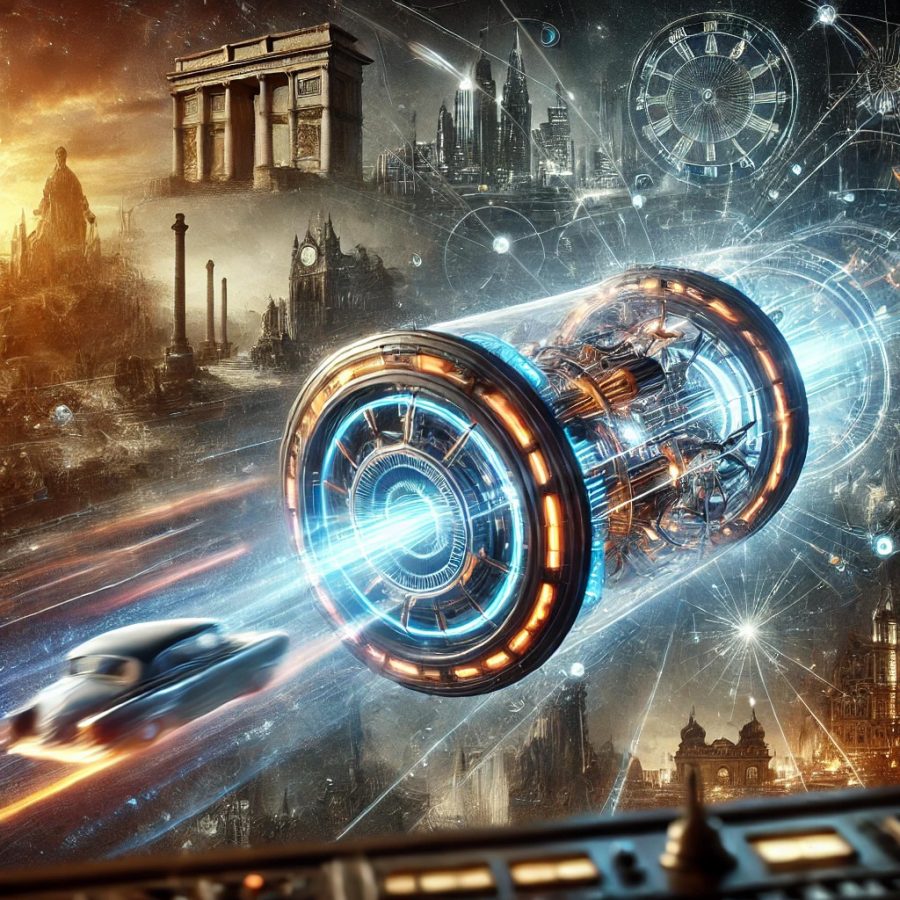Time travel has always fascinated us throughout history. Will it ever be really possible?

Intuition and empathy might allow you to sense some of what is up ahead, although the simplest way of predicting the future would be to invent a time machine. Just imagine. You take a quick trip one week ahead of today to watch the US Powerball draw, write down the winning numbers, and head back to the present time to submit your entry.
There are just a few issues with this process. One is that you cannot be in two places at once. Your own self up ahead will not be happy to have a younger self in the same time period. Another is that you may be altering the events that would have taken place up ahead. The most obvious issue is that we are a very long way – if ever – from constructing a machine that travels across chronological boundaries. Time travel into the future, at least for the non-psychics amongst us, appears for now to be unlikely.
Perhaps it might be easier to travel back in time. You could redress some of your worst past mistakes. Will this ever be possible? Probably not, although we are not sure what people in 500 years might be able to do. Marty McFly may well have performed the effort with his DeLorean car in Back to the Future, but that remains in the fantasy science fiction category. The Star Trek series featured time travel by making use of parallel universes. Some scientists conjecture on future possibilities that involve astonishing speed, or travelling through wormholes. You will probably not live long enough to see these far-fetched possibilities become a reality.
Another option for space and time travel might involve black holes, which create gravity so strong that light cannot escape. As you neared the black hole, time would become slower. As you moved away, the time would pass more rapidly. Some future advanced technology might allow you to slip into some form of time warp near these black holes. You would need an awe-inspiring spacecraft to cope with the gravitational forces.
Brian Cox, an eminent UK physicist, once claimed in his usual tongue-in-cheek manner that
forward time travel is vaguely possible. His explanation focused on the proven fact that moving clocks run slower than stationary ones. If you went for a run wearing one watch, and left another behind, the moving watch in your hand would slow down by the time you returned. However, the difference is so negligible that even an atomic clock would hardly measure the nano-second variance.
University of Connecticut physics professor Ronald Mallett once proposed an intriguing device that could receive messages from people in the future. Given that light alters time, he considered using a rotating stream of light that could twist space and time. The message would be composed of neutron spins that would transmit binary code from the future to the past. The messages could only go one way, so you would not be able to return to sender.
The cost of this device? $250,000. It sounds like a bargain, given the amazing things we might be able to learn. Most other physicists have demonstrated both skepticism and mirth about the option.
